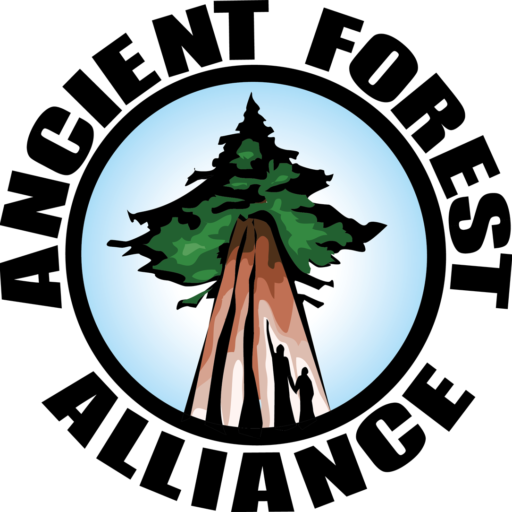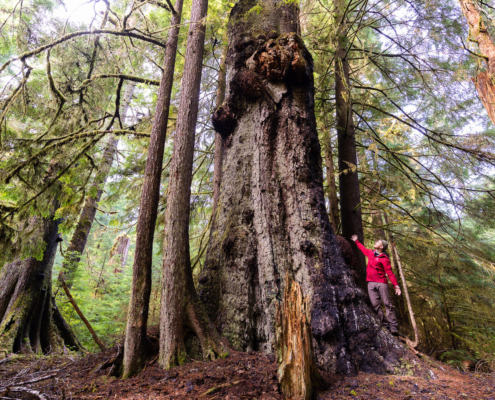
Photo Gallery: Haida Gwaii Old Growth – Yakoun Lake
Step into the timeless beauty of Yakoun Lake on Haida Gwaii, where towering Sitka spruce trees stand as living reminders of the old-growth forests that once blanketed the Pacific Northwest.
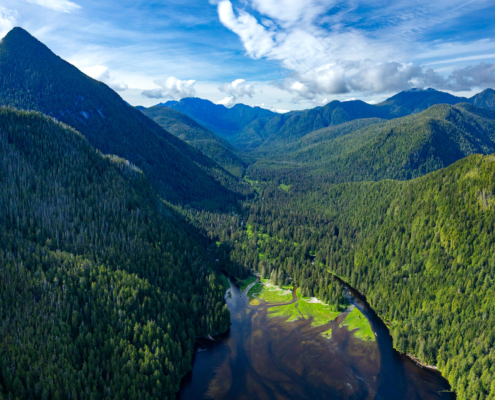
Photos: Sydney River Valley – Clayoquot Sound
On the far western edge of Clayoquot Sound lies the Sydney River Valley, a fully intact rainforest watershed at the head of Sydney Inlet. In 2024, after years of advocacy, much of the watershed was permanently…
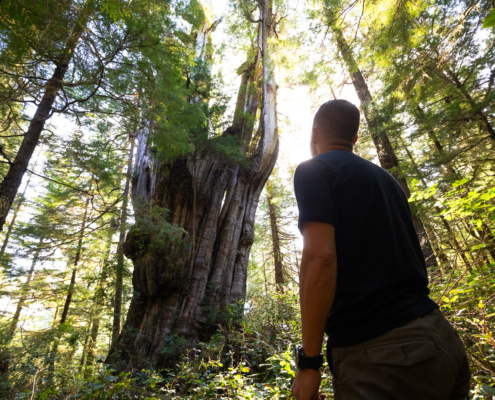
One-Year Anniversary of Clayoquot Sound Old-Growth Protections
History was made in Clayoquot Sound one year ago with the most significant expansion of old-growth protection in decades, when
the Ahousaht and Tla-o-qui-aht First Nation declared the protection of 760 km2 of land in 10 new conservancies.
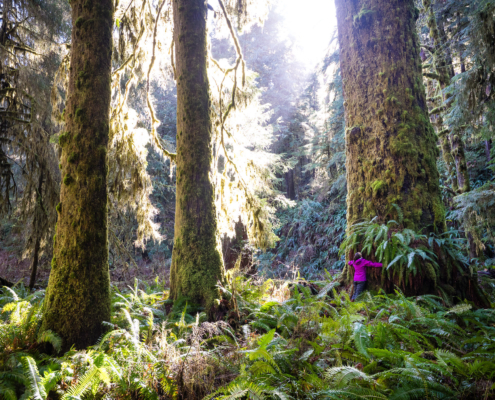
Happy International Day for Biological Diversity!
Diversity is a defining feature of old-growth forests, whose unparalleled structural complexity develops over centuries to provide habitats for thousands of species, many of which live nowhere else. Learn more about these incredible rainforest ecosystems and take action to protect them!
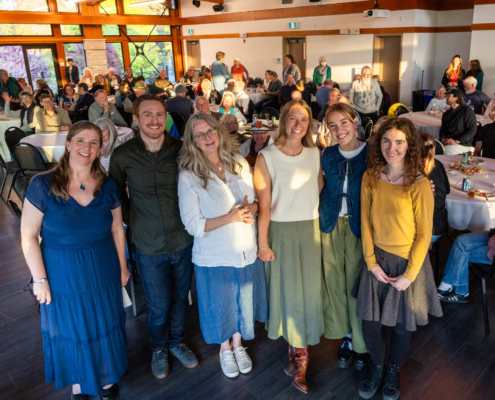
Thank You for Celebrating 15 Years with Us 🌲
Thank you to everyone who attended and/or supported the AFA's 15th Anniversary Celebration & Fundraiser on May 1st at the beautiful Gorge Pavilion! Thanks to your generosity, we raised over $13,000 to support our efforts to protect endangered old-growth forests in BC!
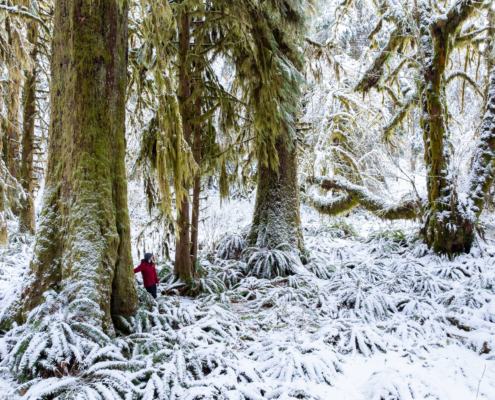
Photos: Mossome Grove & Port Renfrew in the Snow
See photos from the magnificent Mossome Grove and the Port Renfrew region standing hushed under a soft blanket of winter snow.
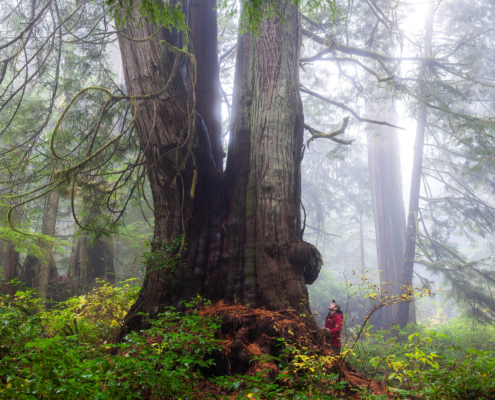
Photos: Jurassic Grove in the Fog
See photos of the old-growth forests of Jurassic Grove near Port Renfrew in Pacheedaht territory. Exploring this incredible grove of old-growth redcedar trees is like stepping back into prehistoric times.
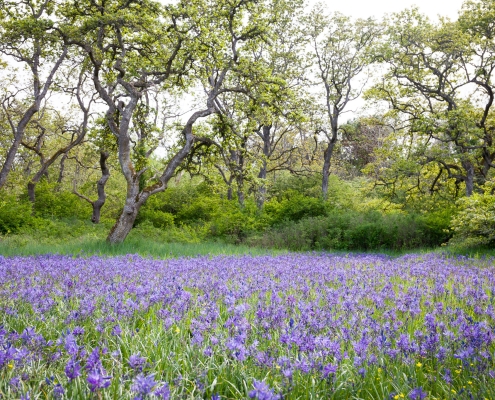
Camas Lily
The camas lily, known for its glorious blue-purple flowers that can blanket whole meadows, is native to the Garry oak ecosystems of southeastern Vancouver Island.
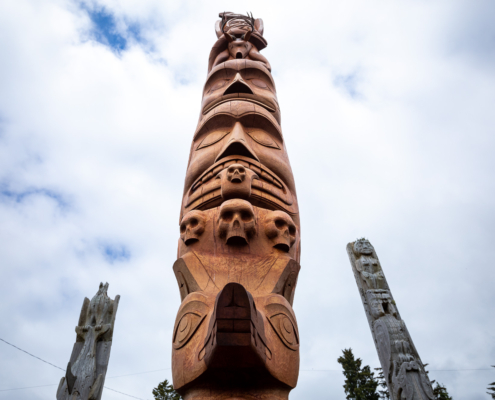
Totem Pole Ceremony – Opitsaht, Meares Island
Last summer, members of the House of Ewos from the Tla-o-qui-aht Nation, and many invited guests, raised a totem pole at the ancient village of Opitsaht on Meares Island for the first time since 1993.
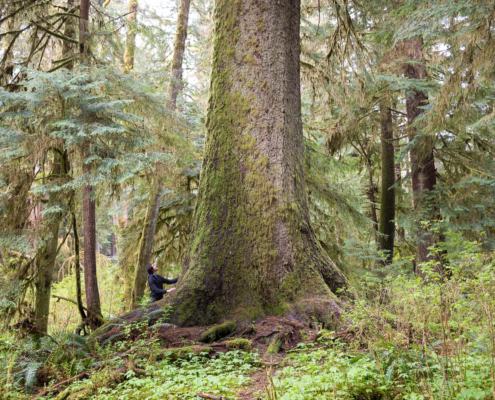
Nahwitti Lake Old-Growth Trail
On the shores of Nahwitti Lake between the towns of Holberg and Port Hardy in Tlatlasikwala & Quatsino Territory stands one of the loveliest little old-growth trails on Vancouver Island. This gentle…
